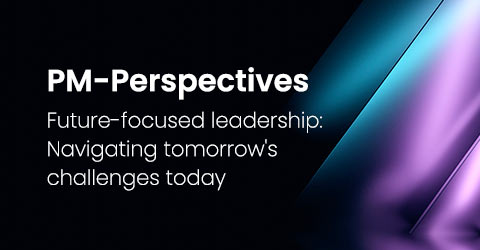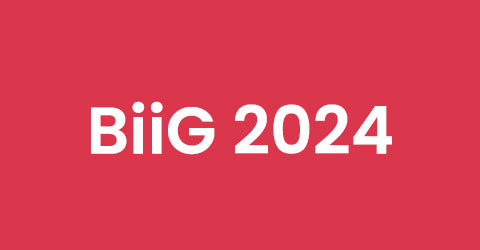Agility impacts – improved costs, early delivery, and better team work
Financial Services customer
In recent years our client has been under increasing pressure to deliver large transformational initiatives more rapidly. Whilst the organisation had always had a focus on quality – the leadership team were faced with other constraints, such as time and costs, being imposed. Each department within the organisation traditionally ran projects using waterfall-based frameworks that varied in approach from business unit to business unit.
The Programme
One of the transformation programmes identified was a large scale, multi-year in-house renovation of their applications and processes. The programme kicked-off using existing processes with some application of Agile principles. Shortly after initiation, the team began to transition to what they perceived as a ‘Scrum-like’ form of Agile. With minimal knowledge of how to implement Scrum in large complex programmes and transformation initiatives, little traction was gained and the team faced many challenges – cultural challenges, completing business unit priorities and an ever growing list of requirements. It became apparent that assistance was required from an experienced coach to help transition to Scrum and ensuring business agility.
Organisation Leadership
The leadership team chose to transition to an Agile method after receiving positive feedback on successful implementation of Scrum in other organisations. There were also several senior leaders in the organisation who had previous first-hand experience with the benefits of Scrum.
Leadership Concerns: Like many organisations, the Leadership team had many concerns prior to implementing Scrum. There were also many sceptics and along with the rumblings of resistance came the long list of challenges they believe they would face.
- Are we implementing too much change at once?
- How will our employees respond to this change?
- Will employees need to be re-deployed?
- How will our organisation structure change?
- Will we keep job titles or will they need to change?
- What skills/experience do the team require to transition to Scrum?
- What are the risks associated with an Agile approach?
- Do we have a plan B?
Challenges
- Command and control based team culture
- Team believed they were already following Agile
- Limited ability to track progress as there was no single product backlog
- The team were fragmented as they were used working in silos
- Lack of staff engagement
- Team were task focussed
- Team were not empowered
- No clear agreement and definition of done
Team concerns
- We believe we have a good track record – why do we need to change?
- How will this impact the programme timeline?
- Will there be sufficient training and support?
- How can an external consultant advise us, they don’t understand our processes and what works within our team?
- How will Scrum scale across multiple teams?
- How will success be measured?
- Will short term ‘bumps in the road’ be perceived as negative or as an opportunity for improvement?
Implementation of Scrum: The approach
- Obtained team buy-in through involving them in the selection of an Scrum Coach
- Hired an external coach to support the team
- Attained buy-in from leadership team
- Gained insights from the team on transformation goals
- Planned for, identified and addressed resistance triggers
- High level planning with frequent review; adopt and adapt cycles
- Initially introduced basic concepts
- Scrum certifications was initially deferred as programme was in-flight
Scrum across multiple teams
- Used a ‘Grow and Split’ approach to move 2 to 4 Scrum teams working on two products in parallel
- Teams Includes 2 Scrum Masters and 4 Product Owners
- Multi-team Release Planning with one Product Backlog
- Staggered Daily Scrums; regular Scrum of Scrums
- Combined Sprint Review with all Scrum teams
- Shared Architects and Infrastructure staff across teams
Quality and process improvements
- Developed a quality plan – using Agile as its back-bone
- Reduced UAT defects per release
- No post-implementation issues in last release
- Cross-functional collaboration between team members
- Team members were able to maintain a consistent and steady pace (velocity)
- Backlog Refinement with visual management
- Cross-functional specification and validation
- Separation of Unit, Scenario, Acceptance tests
- Successful application of appropriate techniques such as Product Box envisioning, impact mapping and story mapping
Outcomes
With the assistance of an Agile coach to support them, this culture quickly changed to one of collaboration. There was a shift from ‘task allocation’ to ‘self-organising’ teams which enabled empowerment and led to greater team engagement.
- Have successfully delivered a release every 4-6 months
- Three releases implemented within original schedule
- Large change requests and the transformation effort absorbed with no changes to original schedule
- One major release forecast to be completed 3-4 months ahead of the original schedule
- Investment in Test automation framework ~ 3 months at less than $100K
Key insights
- Sought Agile expertise from an external consultant
- Continued to improve Agile processes after initial adoption benefits were realised
- Smaller cross-functional teams were more productive than larger teams
- Active leadership and daily hands-on engagement between the team and the business
- Scrum helped transform team culture to be more collaborative and self-organised
- Scrum helped reduce risk and improve quality by having smaller feedback loops with faster and more effective releases
- WE DID Agile Coaching and Delivery









